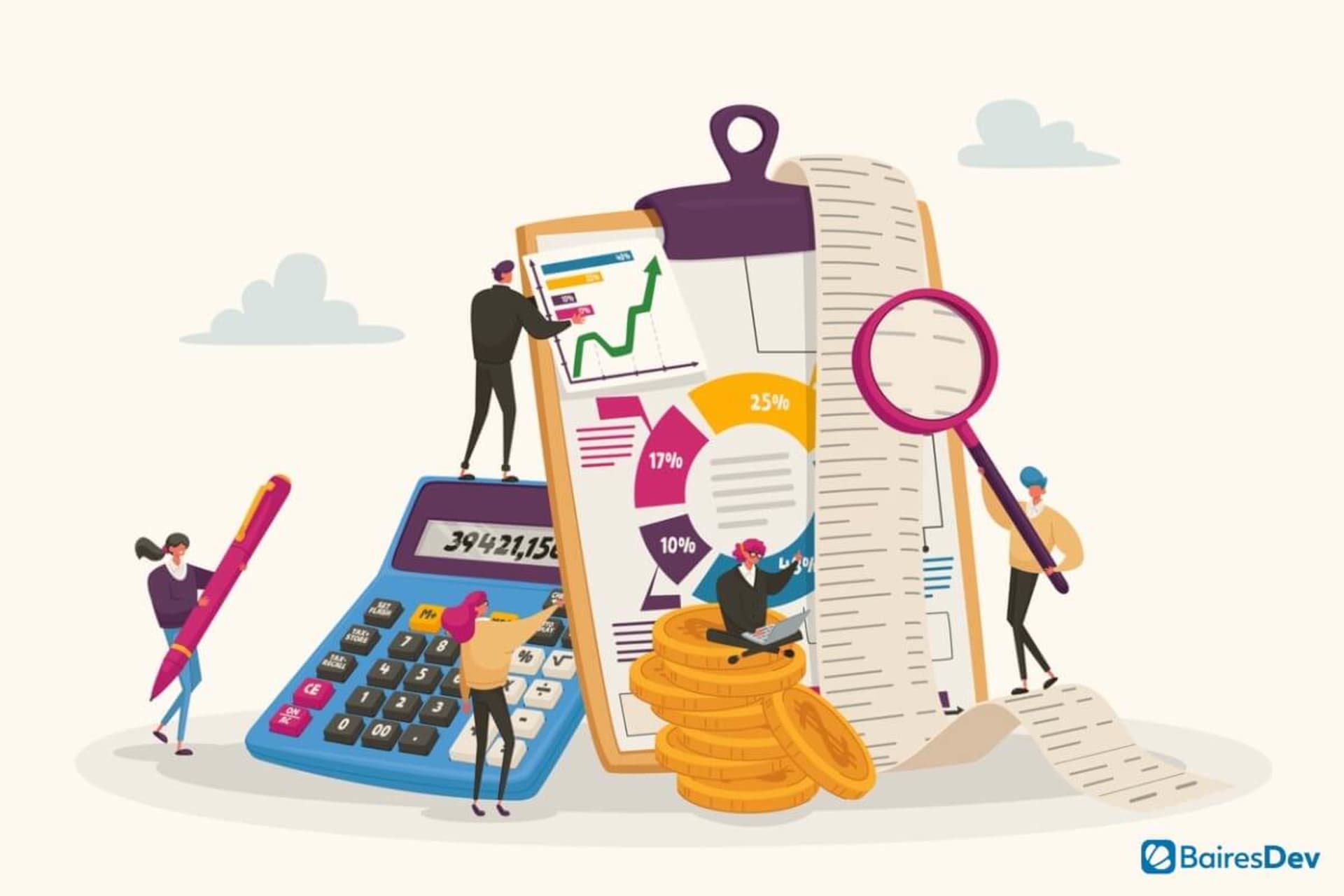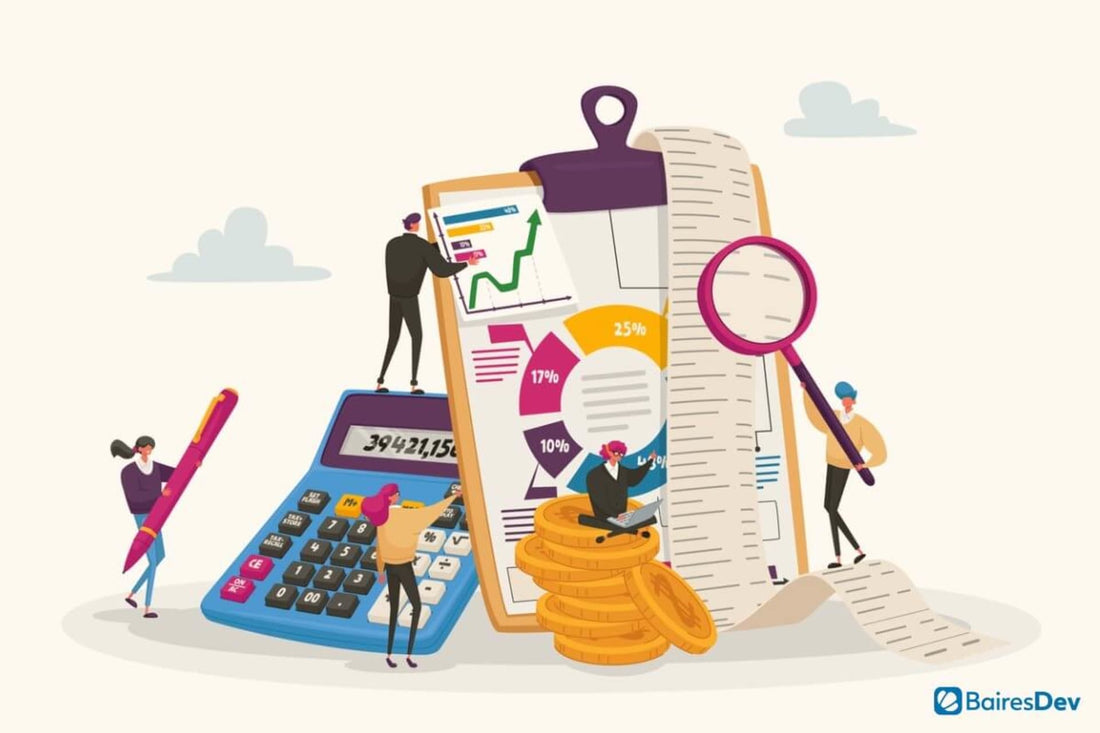As we wrap up our in-depth look at the specifics of distributed businesses, let's talk about the financial side of things and some details you should pay attention to if you decide to operate under this model.

This article is part of our Distributed Enterprise Series
And that. After 11 chapters during which we detail several important, dare I say vital, aspects of distributed companies, we reach the final chapter of this extensive series.
After breaking down the exact definition and clearing up some confusion about what distributed enterprises actually are, we delve into the operational side of things, sharing our advice and experience on how to create a company under this model and what details you should pay attention to. in your daily operations. Now, as we wrap things up, let's take a look at the financial side of things and which path best suits this specific model.
Before we begin, it's important to highlight that while some of the topics I'll mention here are generally applicable to most, if not all, companies that choose to operate under a distributed model, there may be specifics that you should have to be aware of. which will depend on the country or region in which your company is actually registered.
It is essential to be aware of these geographical differences to avoid making serious mistakes that could have dire consequences in the medium and long term. Now that we've got that out of the way, let's dive into some of the economic issues surrounding distributed enterprises.
It's all a matter of choice
The same can be said when we think about the financial side of things. A distributed model brings its own set of challenges and advantages that, while they may be interesting to some, can also be a burden to others.
On the other hand, you might like to take a look at our latest feature that explores how automation can provide valuable solutions for distributed businesses. Day-to-day financial operations, including the most direct transactions such as salary payments, overtime and vacation calculations, and summing up expenses, can be easily automated and provide the help you need.
By operating as a traditional company, with clearly defined headquarters and subsidiaries, you can keep your entire financial structure centralized and under your control. Not only that, but you will have the privilege of complying only with the laws and regulations of the country where you are based.
Of course, in the case of multinational companies, things get a little more complicated, with different companies existing under the umbrella of the headquarters. So even if you encounter specific situations that require special attention, this is more or less how things have always been structured by corporations everywhere.
And then comes the distributed model. Here you'll find that there are several different ways to move forward depending on how you've chosen to structure your business, what your short, medium and long term plans are and how your teams actually are distributed.
As you can imagine, if you have employees or contractors from the same country in which you are based, things will be different than if you employ talent from all over the world and without geographic boundaries.
Starting to work
By following a similar strategy, you will discover the need to retain HR and finance professionals in some of your most important markets . This will provide you with the experience to deal with local idiosyncrasies and specific ways of doing things that may change from region to region. So while it all starts at your headquarters, when processes flow through local departments, they will be adapted to meet specific needs.
Needless to say, this will help you ensure everything is being done by the book and will have the advantage of introducing you to the talent of the extended teams that handle financial transactions on your behalf. As with everything, though, there is always a downside. You'll have to manage different teams in different locations and look for the best suppliers, so your HQ's HR and administrative staff will be a little busier.
Talking about salary and compensation, it is interesting to determine a currency for salaries and costs . Ideally, the currency you are officially based in will be the basis of your staff's salary and free you from worries about fluctuating markets and exchange rates. If you establish interesting compensation packages, it will more than compensate for the extra work some employees may have to do to collect it in their traditional bank accounts.
While we're on the subject, a downside to this is the need for specific information and training so that your team understands how this process works and doesn't make mistakes. Most professionals may be used to working only for national companies, having never had the opportunity to provide services to companies established abroad. That is why it would be so important to advise and guide them in this process.
Finally, assembling distributed teams of independent service providers spread across multiple regions will ultimately save you on expenses and taxes associated with your team . Again, this is an element that would ideally require you to offer more interesting compensation options for the talent you seek, but will ultimately give you more advantages than the alternative.
Before making any big business decision and developing your strategy, remember to always evaluate your specific needs and analyze the current scenario , whether that of your potential team or that of your customers. Take advantage of the experience of experienced professionals to develop a rigid framework and protect yourself from any pitfalls. The distributed model can bring several benefits if you adopt it fully aware of all its particularities and go into it prepared for what you will encounter.
More related articles in our Distributed Enterprise Series




















































